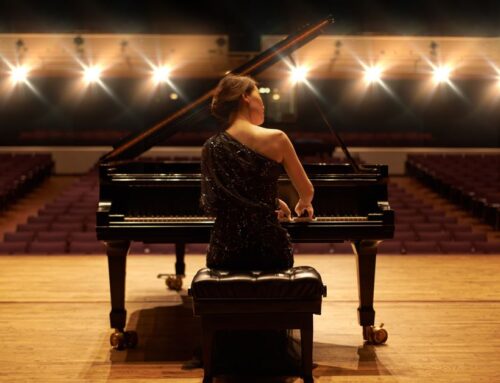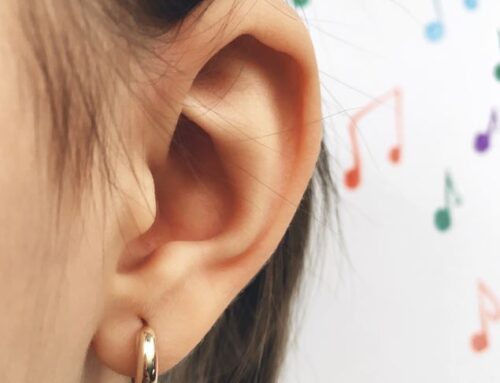With nearly 2000 instruments in the world it’s no surprise that your musically inclined child might want to learn a second or even a third one at some point. Once they are comfortable on one, they might start asking to add in a new one. Sounds like a great idea, right? After all, Prince does know how to play 27 different instruments! So why should your child not strive for the same greatness? This thought is great in theory, but it’s not exactly that simple. Learning multiple instruments can come with its challenges, too.
Did you know that at Capstone Music, we have amazing music teachers that are multi-talented and thus can play many instruments? Not everyone can do that! We’ve a large team of instructors so whether your children want to strum, drum or sing – we have your family covered! If you’re in Burlington, ON – join us!
Pros to learning more than one instrument at once
- Understanding how instruments interact with each other
As your child learns new instruments, they will have a better understanding of how each instrument interacts with another and how one’s sound can grow and blend with another’s. If they strive to write songs, perform in a band or compose music they’ll benefit greatly from this knowledge.
- Their knowledge of how different instruments work improves their ability to write songs
When writing songs, the same chord will sound different on different instruments so having the ability to play and write songs on multiple instruments will set your child up to have some serious advantages as they grow.
- It helps them fit in and communicate with other musicians better
Having even a basic understanding of other instruments in terms of technique and vocabulary makes it easier to relate to and communicate with other musicians. Being able to effectively explain what sound they are trying to get from another musician they are playing with is a skill that will help them throughout their music career.
Cons to learning more than one instrument at once
- Good at many, master of none
If your child is spreading out their practice time between a few instruments, it’s natural that they will become somewhat average at each of them rather than extraordinary at one.
- Cost is increased with each additional instrument
This one is pretty self explanatory… More musical instruments means a higher cost. Not only for the instrument itself, but also for additional lessons, instrument maintenance and the various accessories they may need.
- More time commitment
If your child is committed to practicing an instrument for an hour a day, it stands to reason that they likely won’t get too far if they split that hour to work on multiple instruments during the same time frame. More instruments is going to mean more practice time.
- More motivation and patience
When they reach a level of proficiency with one instrument then add in another one, it can be discouraging to feel like a beginner again. Motivation and patience are two traits that play heavily at this stage. If they don’t have both, it’s hard to stay committed.
You know your child best
There’s no real right or wrong answer when it comes to deciding whether to let your child learn more than one instrument. You know you child best, so after reading these pros and cons you can decide whether they are ready to step up their music game. If you’re unsure about whether they will have the dedication to add a second instrument, try out a session of lessons! If nothing else, they’ll learn which instrument they prefer and can pick up some basic theory on the new one. If you decide to try out a second one, make sure they have a good teacher! That can make all the difference!






